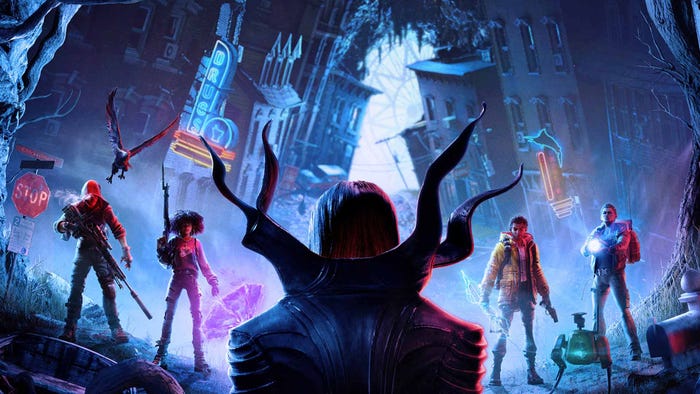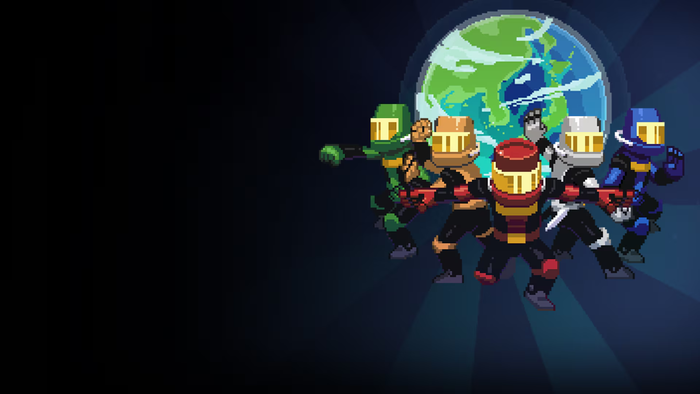The Role of "Meta" in Competitive Games
Building a competitive game for online play requires a lot of balancing and fine tuning and part of that is understanding what "Meta" is and how it impacts game balance and development.

Online games can demand a lot from the developer in order to keep them growing and part of this challenge comes from understanding "the meta."

"Meta" refers to how your player base is playing your title and is a vital concept for developers trying to build successful online games and thriving communities.
Gamer Trends:
When we use the term "Meta" in game design, it can mean several things depending on the genre and gameplay. For this post we're going to use the term as it is commonly said when talking about online games -- as a guide to what's popular.
In any game, whether it's single or multiplayer, you're going to easily have thousands of expert players pouring over every detail of your game to figure out what works the best. And once they've discovered this, it will be revealed to the rest of the player base and the game's Meta will be figured out.
It's important to mention that a game's Meta is something that can be pushed in one direction by the game developer and original design, but it is ultimately defined by the fans as they're the ones who played and figured it all out.
A popular example of Meta comes from Hearthstone. Over the last year of playing competitively and casually, fans have discovered popular builds of decks that have found their way throughout the fan base.
If you played or followed Hearthstone, you've probably heard terms like "zoo deck," "miracle rogue" and "handlock." While explaining what they mean is beyond the scope of this post, each term represents a very popular style of play in the game.
 The concept of "Meta" is popular in any competitive game and defines high level play.
The concept of "Meta" is popular in any competitive game and defines high level play.
When it comes to Meta, popular options like the Hearthstone examples represent optimal play to different degrees or styles of play. These are options that have been tested and refined by the hardcore to show just how effective they are at the game. Once revealed to the rest of the player base, expect a large portion of your audience to gravitate towards these options.
Discovering the Meta of your game is a double edged sword for a game developer looking to grow and improve on their title as it places them between a rock and a hard place.
Balancing Act:
Having your fan base pick apart your game to such a degree is great as a game developer, as it gives you a lot of information about how the mechanics are being utilized.
For developers like Blizzard who are constantly examining how their games are being played, this information is invaluable when it comes to fine-tuning the experience and making careful balance changes to content.
However the catch with the Meta is that it puts the developer into a position of knowing what's very popular and having to decide what to do about it. Leaving a game's Meta alone means that the title will have a limit on just how much someone can play as once you know the best options, nothing else will matter.
 Blizzard is introducing new cards into Hearthstone with the specific intent to alter the Meta.
Blizzard is introducing new cards into Hearthstone with the specific intent to alter the Meta.
Changing it will keep your game fresh but at the cost of invalidating a lot of time and work by your community. If option X was according to the Meta (the best one for playing) and you changed it, a lot of people who focused on getting option X are not going to be happy about those changes.
This can be very painful for casual fans that followed the Meta defined by the expert players and focused their time and money to achieve it. Taking that away from them can be akin to taking away someone's toys after they started playing with them.
Because of this, you need to be careful when it comes time to alter your game's Meta. Blizzard had to deal with this in Hearthstone due to the mentioned Meta decks earlier. Whenever they have to change a card due to balancing, they will normally let players sell it at an increase profit for a limited time. That way someone can easily get something else instead of being stuck with the altered card.
As for the Meta, Blizzard has done two things to help change it. First, they have altered cards in the past that either downplays or outright removes their viability in the Meta. And second is that they have released new cards with the specific intent to alter the Meta through new game mechanics and rules.
By the time you read this, the second expansion for Hearthstone titled Goblins vs. Gnomes should be released. The addition of over 120 new cards is very important in changing the Meta as part of the problem with Hearthstone was that with the low number of cards compared to other CCGs, meant that it was really easy to define a Meta for the game.
 Meta can be influenced by the developers but is ultimately decided on by the fan base.
Meta can be influenced by the developers but is ultimately decided on by the fan base.
With these new cards, Blizzard is specifically targeting the established Meta in an attempt to grow the game and hopefully establish a new Meta to keep people guessing.
A Steady Hand:
When it comes to Meta, you as the developer need to be careful as changing things too much or too little can have negative side effects to your community.
Your fan base will always be trying to figure out how to play your game at the best way possible and there is nothing you can do about it. Growing your title by altering the Meta is not something that should be taken lightly, even more-so if you're trying to build a competitive title with IAPs.
A developer who is able to balance growth and keep the experience constant will be able to create a long lasting online game, perfect for both casual and hardcore fans.
(Reprinted from the Xsolla.com Blog)
Read more about:
BlogsAbout the Author(s)
You May Also Like













